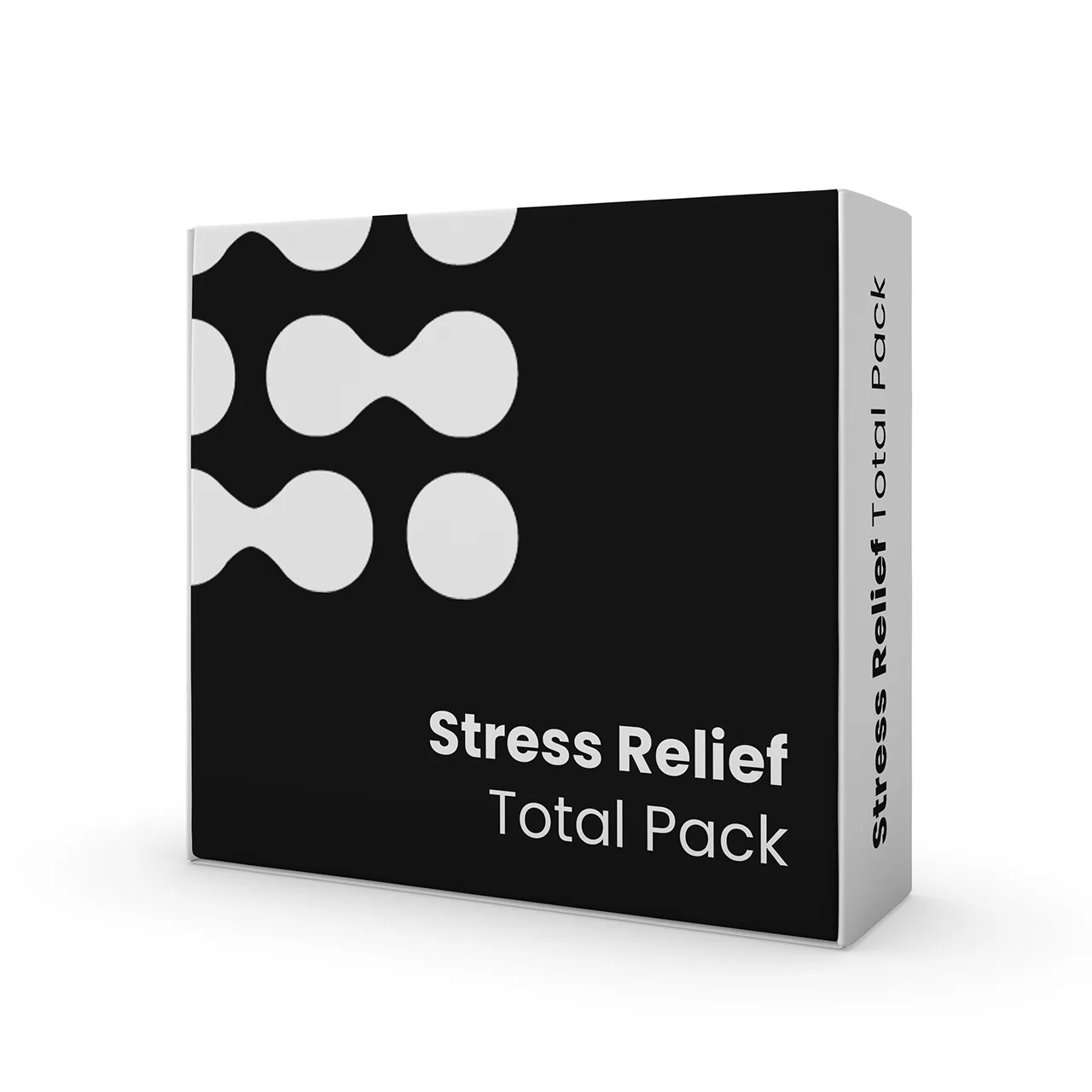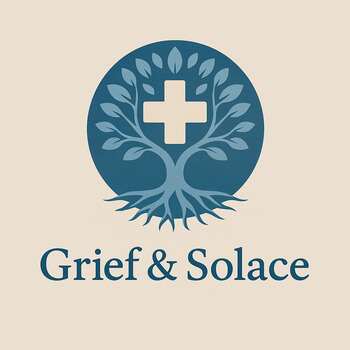Grieving Essential Tremor: When Simple Movements Become Mountains
Grief tied to essential tremor hides in the small things, coffee spills, missed buttons, shaking hands that once held steady dreams.

This post blends real grief with grounded knowledge. It isn’t clinical. It isn’t distant. It’s meant to sit beside you—not above you. The story you’ll read is meant to reflect what so many feel when living through or witnessing this condition: confusion, exhaustion, and quiet forms of courage.
If what you read feels familiar, please speak with your doctor. Your pain deserves more than silence.
He Once Built Bridges, Now He Couldn’t Hold a Spoon
He used to work with steel, rivets, bolts, blueprints; the things that held structures together. His hands could weld beams, measure tolerances down to fractions, and sketch out structural dreams on napkins that somehow became reality. Steady and precise, his fingers were the kind you’d trust with your life, because people did, every time they crossed what he built.
Then came the tremor, like an aftershock. Small at first—a little shake when pouring coffee, a twitch while tying his shoes. He laughed it off, chalking it up to age, caffeine, stress. We all did. After all, who looks at a man like that…strong and capable…and thinks, *something’s slipping*?
🧠 Symptoms:
- Involuntary shaking: Rhythmic tremors, most commonly in the hands, especially during voluntary movements like writing or eating
- Head nodding: “Yes-yes” or “no-no” movements
- Voice tremors: Quivering or shaky voice
- Tremors during action: Unlike Parkinson’s disease, tremors worsen with activity and improve at rest
- Progressive nature: Symptoms may worsen over time, affecting daily activities
But the tremor didn’t stop. It didn’t stay small.
Writing his name became a challenge; it looked like a child’s scrawl. Holding a screwdriver turned into a two-handed affair. He stopped cooking and dropped his tools. One day, the spoon he used to feed himself clattered against his plate, and he regarded it as a betrayal. When he turned to me, I saw it…the moment of realization: *I’m losing control*.
“Essential tremor,” they diagnosed…an apparently benign neurological condition. That word, *benign*, burned in his ears. What’s benign about losing the ability to hold his granddaughter without the fear of dropping her? What’s harmless about struggling to sign a birthday card?
We tried everything. Medication dulled the tremors but also dulled him. Therapy provided tools yet didn’t restore steadiness. Deep brain stimulation was suggested through surgery, wires, and electricity. He recoiled at the idea of anything touching his brain, saying, “I’ve done enough engineering. I don’t need to be the blueprint now.”
Complications:
- Difficulty performing tasks: Challenges with writing, eating, or dressing
- Social embarrassment: Leading to isolation or depression
- Increased risk of injury: Due to impaired coordination
- Progression: Tremors may become more severe over time
Some men leave legacies in blueprints. Others leave them in the hands that keep trying.
Causes:
- Genetic mutation: Often inherited in an autosomal dominant pattern
- Neurological dysfunction: Abnormalities in the cerebellum or its connections
- Unknown factors: In many cases, the exact cause remains unidentified
So we adapted. Weighted utensils, voice-to-text. I wrote the cards for him. He grumbled, sure, but then he’d flash that crooked smile…the one that used to come easily but was now hard-won.
It’s strange. The world still perceives him as strong, just older. They don’t see what he’s lost. They don’t understand how much pride resides in a handshake, a signature, a steady grip. He’s not afraid of death; he never was. But losing *usefulness*? Losing dignity in slow, shaking increments? That’s the part that gnaws at him.
Yet every day, he rises. Dresses himself. Walks around the block. Tells bad jokes. Holds my hand at the café…tightly, because sometimes it’s the only thing he doesn’t drop.
Risk Factors:
- Family history: Having a parent with essential tremor increases risk
- Age: More common in individuals over 40
- Environmental factors: Exposure to certain toxins may contribute
📘 Diagnosis & Treatment
Diagnosis:
- Neurological examination: Assessing tremor characteristics and ruling out other conditions
- Performance tests: Tasks like drawing spirals or writing to evaluate tremor severity
- Family history review: Identifying hereditary patterns
Treatment:
Medications:
- Beta-blockers: Such as propranolol to reduce tremor amplitude
- Anti-seizure drugs: Like primidone for tremor control
- Tranquilizers: Benzodiazepines may be used in some cases
Therapies:
- Physical therapy: To improve muscle control and coordination
- Occupational therapy: Strategies to manage daily activities
Surgical options:
- Deep brain stimulation (DBS): Implanting electrodes to regulate brain activity
- Focused ultrasound: Non-invasive procedure to destroy tremor-causing brain tissue
Lifestyle adjustments:
- Avoiding triggers: Such as caffeine or stress
- Adaptive devices: Using weighted utensils or braces to stabilize movements
I know this is heavy, and I understand that the road ahead may feel like a tangle of loss and unanswered questions. But please hear this: you are not broken because you are hurting; you are not weak because you are afraid. You are living through something real, and survival itself is a kind of grace. You are allowed to struggle, you are allowed to hope, and you are allowed to not have all the answers today. Whatever comes next, you do not face it empty-handed; you carry every moment of love that shaped you, and that will always be enough to keep going.
🎀 Gifts to help With Essential Tremor
🏥 Everyday Comforts for Everyday Battles
Managing Essential Tremor often means needing a little extra help.
Sometimes it’s about restoring dignity, ease, or simply getting through the day with less pain.
These carefully chosen tools aren’t just items; they’re small bridges back to living.
This section is about finding practical support, never shame.
“I Will Probably Spill This” Tumbler – Humor for the Hands That Can’t Lie
Essential tremor doesn’t hide well, so why pretend? This cheeky tumbler leans into the struggle with a bit of humor and a whole lot of honesty. It’s spill-resistant, sturdy, and lightweight, giving shaky hands a break without taking itself too seriously. Because some days, laughing at the chaos is easier than fighting it. And hey—you warned them.
🌿 Paths to Healing Beyond the Map
Sometimes traditional medicine isn’t enough.
If you’re exploring gentle, alternative options to help with Essential Tremor,
you might find comfort in plant-based compounds like **CBD or CBG**.
*This section is not medical advice, just a door left open.*
USA Medical Stress Relief Total Pack – Gentle Calm When the Body Won’t Stay Still
Tremors often worsen with stress, fatigue, or overstimulation. This Total Pack blends broad-spectrum CBD, calming herbs, and mood support to help settle the nervous system and reduce trigger intensity. It doesn’t stop the shaking. But it can soften the edge and return a bit of ease to daily life.
Need a Different Path Forward?
Every journey through grief looks different. Choose the next step that speaks to where you are now:
When You're Ready to Start Healing
Healing doesn’t mean forgetting.
It means finding small ways to carry your grief with strength and grace.
These are the stories, tools, and gentle steps to begin walking forward…at your own pace.
When You're Still in the Thick of It
Sometimes healing feels like a lie.
If you’re not ready to move on…if the pain still roars louder than the world wants to hear…this is the place where you’re allowed to feel it.
No sugarcoating. No pretending. Just truth.
When You're Holding on to Who’s Still Here
Grief reminds us to love louder.
If someone you love is still with you, this is your place to celebrate them, honor them, and create new memories while there’s still time.
Joy and sorrow can live side by side.






